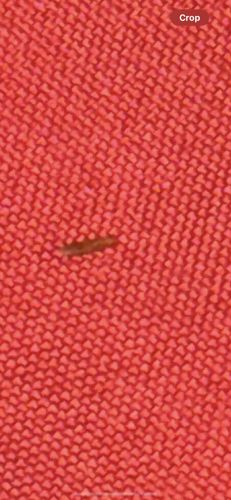Thrips
Scientific Name: Varies widely by species, e.g., Frankliniella occidentalis (Western Flower Thrips)
Order & Family: Order Thysanoptera, various families (e.g., Thripidae, Phlaeothripidae)
Size: Typically 0.5-3 millimeters in length

Natural Habitat
Thrips are found worldwide, inhabiting a wide range of environments including agricultural fields, greenhouses, gardens, and natural vegetation. They are often found on the undersides of leaves or within flowers.
Diet & Feeding
Mainly sap from a wide variety of plants, including fruits, vegetables, flowers, and ornamental plants. Some species are predatory and feed on mites or other small insects.
Behavior Patterns
Thrips tend to be more active in warm, dry weather. They feed by rasping the surface of plants and sucking up the exuding sap. They can reproduce rapidly, with multiple generations in a single year. Some species can fly, aiding in dispersal.
Risks & Benefits
Potential Risks: Thrips are significant agricultural and horticultural pests, causing damage to crops by feeding (leading to silvery or distorted leaves, scarred fruits) and by transmitting plant viruses. They can also cause cosmetic damage to ornamental plants. Potential Benefits: Some species are predatory and can help control populations of pest mites and other small insects, making them beneficial in biological pest control.
Identified on: 9/1/2025